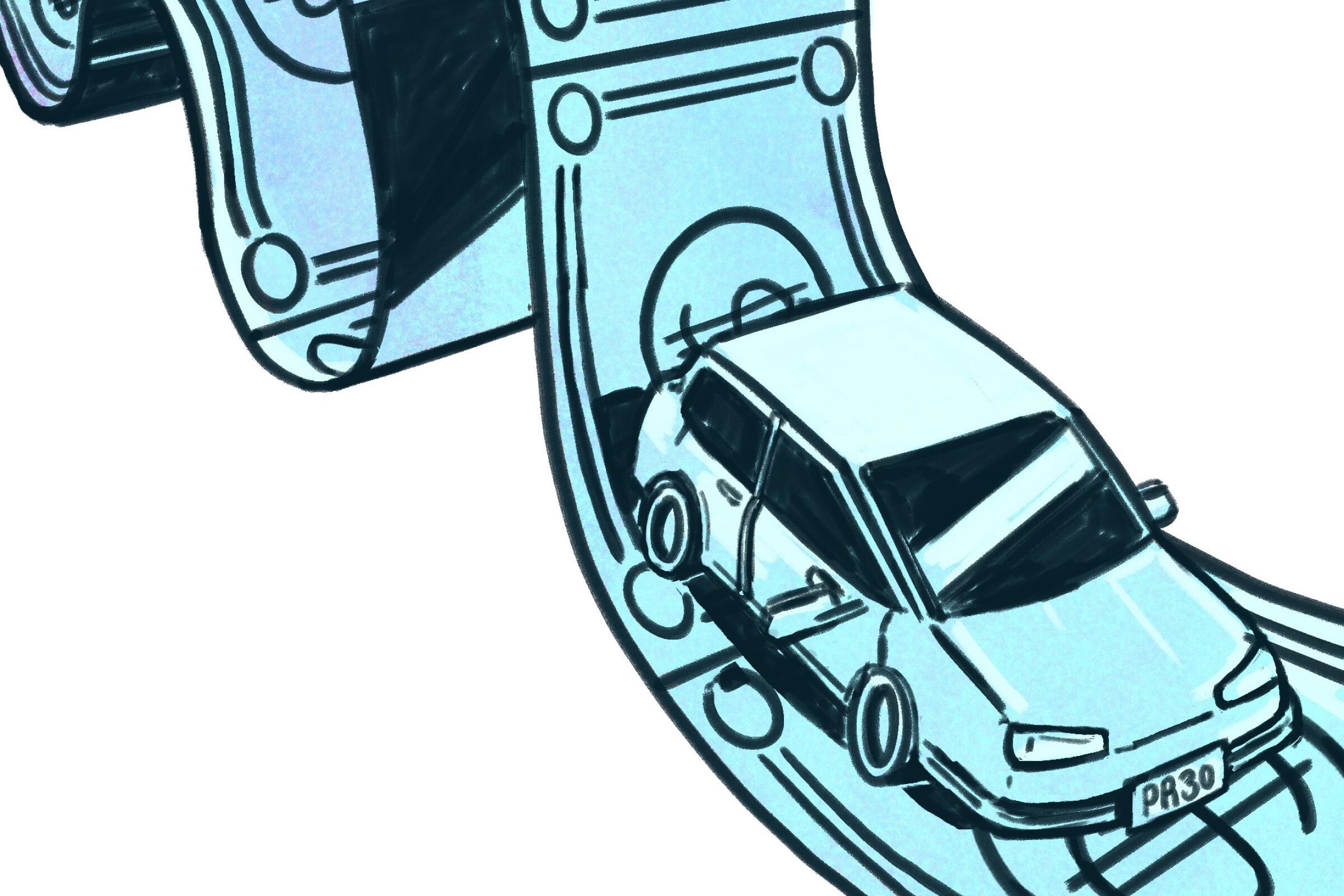Start your day right
Sign up for Essential California for news, features and recommendations from the L.A. Times and beyond in your inbox six days a week.
You may occasionally receive promotional content from the Los Angeles Times.

California voters will decide the fate of seven statewide propositions on Nov. 8.
The propositions, like all state ballot measures, require approval by a simple majority of voters for passage. Unless otherwise specified, propositions approved by voters will take effect once the election results are certified in December.
Here’s what you need to know about Proposition 30.
This ballot measure would require wealthy Californians to pay an additional 1.75% in personal income taxes on annual earnings above $2 million starting in 2023. The revenue collected from this additional tax would support zero-emission vehicle programs and wildfire response and prevention efforts.
The ride-sharing company Lyft is the major supporter of the proposition, spending in excess of $45 million thus far. While the proposal has support among some environmental groups and has been endorsed by the California Democratic Party and American Lung Assn., Gov. Gavin Newsom calls it “corporate welfare” and strongly opposes the measure.
Eighty percent of the revenue would be used to help individuals, businesses and governments pay for zero-emissions vehicles, as well as to install and operate charging stations.
The rest of the money raised would go toward wildfire protection and prevention.
Who is running for California governor? What are the propositions on the ballot? Here is your guide to the 2022 midterm election.
The governor calls the measure a “cynical scheme” by Lyft to meet a state mandate for ride-hailing companies to convert most of their fleets to electric vehicles by 2030.
The California Legislature recently passed a law requiring that 90% of a ride-hailing company’s miles in California be covered by electric vehicles by 2030. Today, the vast majority of ride-hailing cars are owned or leased by individuals who contract with Lyft and Uber. The Yes on Proposition 30 campaign wants state help to meet that mandate.
Newsom is the face of the campaign against the proposition and is featured in an ad slamming Lyft.
“Prop. 30 has been advertised as a climate initiative. But in reality, it was devised by a single corporation to funnel state income taxes to benefit their company. Put simply, Prop. 30 is a Trojan horse that puts corporate welfare above the fiscal welfare of our entire state,” Newsom says in the ad, jabbing his finger toward the camera for emphasis.
California’s 2022 election ballot includes races for governor, attorney general, Legislature and Congress, local contests and statewide propositions.
The No on Proposition 30 campaign is at a major disadvantage, however. Thus far, opponents have raised just over $15 million — a third of what Lyft is spending to convince voters to pass the measure. But Newsom has high approval ratings and a lot of sway with voters. Netflix Chief Executive Reed Hastings and San Francisco venture capitalist Michael Moritz of Sequoia Capital are among the “no” campaigns biggest donors, forking over $1 million apiece.
One of the major 30-second campaign spots aired by supporters of Proposition 30 features a firefighter who, with dramatic video of raging wildfires in the background, says California is in a crisis.
“We need more firefighters and more equipment, better forest management, to prevent wildfires and reduce toxic smoke,” the firefighter tells viewers.
California Proposition 30 has sparked furious debate and heavy campaigning funded with more than $40 million in political donations.
Billions of dollars for electric cars and charging stations could go a long way.
On Proposition 30, Newsom isn’t just taking sides against the Democratic Party, but also opposing his core political base, columnist George Skelton writes.
Learn more about all seven ballot propositions on the November ballot.
California’s November election will feature seven statewide ballot measures.
The Times’ editorial page publishes endorsements based on candidate interviews and independent reporting. The editorial board operates independently of the newsroom — reporters covering these races have no say in the endorsements.
The L.A. Times’ editorial board endorsements for statewide ballot measures, elected offices in Los Angeles city and county, L.A. Unified School District board, L.A. county superior court, statewide offices, the state Legislature and U.S. House and Senate seats.
Ballots will be in the mail to all 22 million registered voters in the state no later than Oct. 10. Californians can return ballots by mail, drop them at collection boxes or turn them in at voting centers. They can also cast ballots early at voting centers or wait until Nov. 8 to vote at their neighborhood polling places.
Californians can register to vote or check their status at https://registertovote.ca.gov/.
Here’s how to vote in the California midterm election, how to register, what to do if you didn’t get mail ballot or if you made a mistake on your ballot.
In the November midterm election, California is one of the battlefields as Democrats and Republicans fight over control of Congress.
Start your day right
Sign up for Essential California for news, features and recommendations from the L.A. Times and beyond in your inbox six days a week.
You may occasionally receive promotional content from the Los Angeles Times.